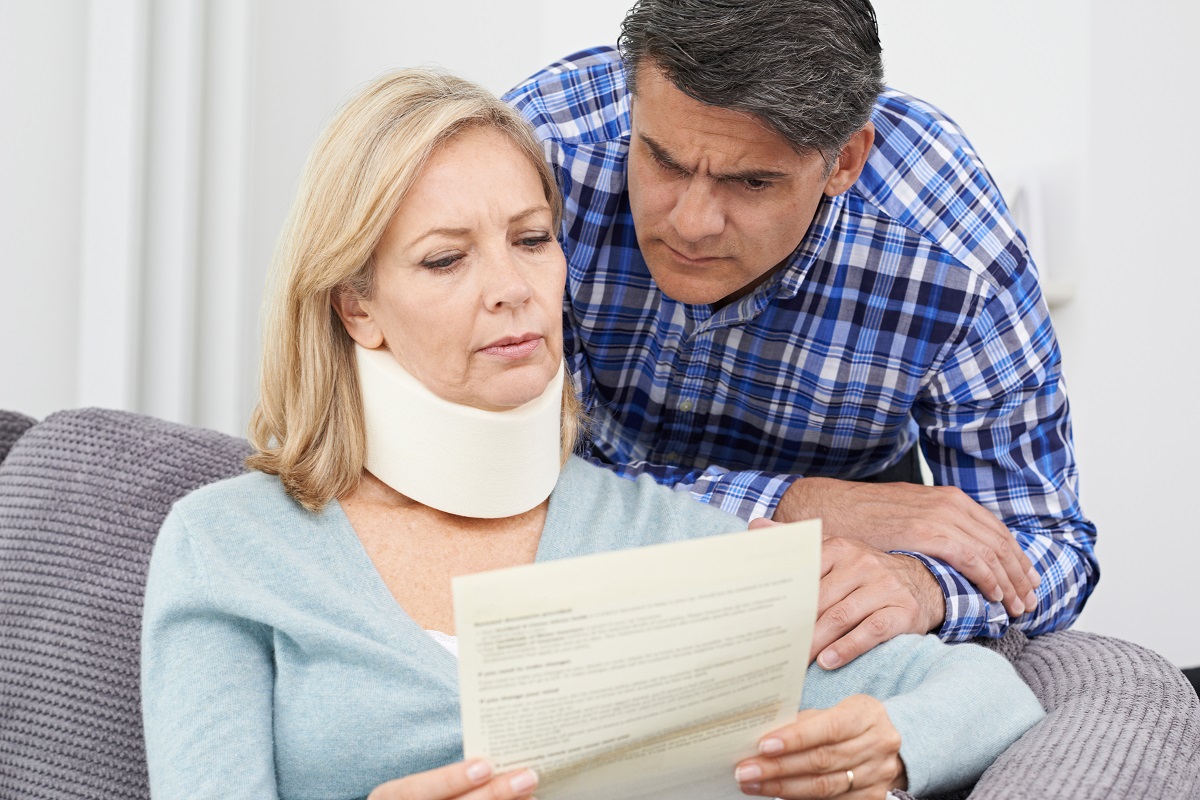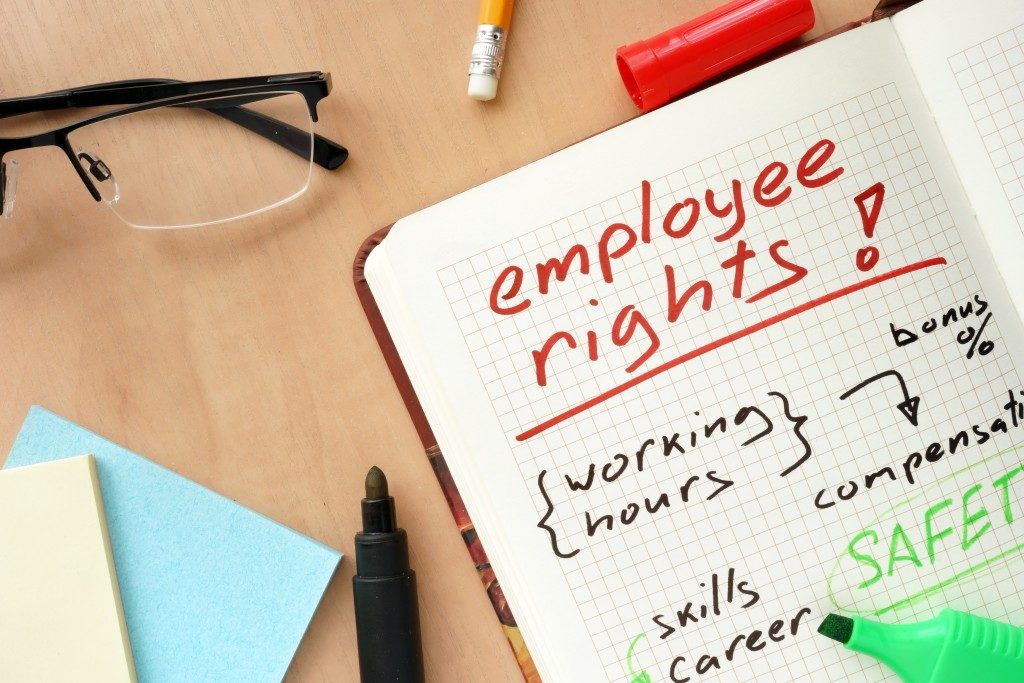Many industries and businesses place a great deal of emphasis on safety equipment and precautions. This isn’t a surprise when workplace accidents and injuries can lead to serious legal complications.
Although many types of workplace hazards can be addressed and prevented, some circumstances are beyond the reach of business organizations. In some cases, there are also work environments that naturally have threats that workers will need to be mindful of.
Sooner or later, there’s bound to be at least an employee that will get minor or major injuries. If this is the case, what are some essential ways of reacting to workplace injuries? Here’s what you need to know in this situation.
What Happens if There Is Legal Action?
But before getting into the important ways to respond to the workplace accident, one of the most critical questions in this scenario should be answered. What happens if the injured employee starts taking legal action against the employer?
Although both parties might have their agendas in this situation, it’s crucial to ensure that the employer keeps communication lines open. The longer a particular litigation claim lasts, the more costly it will be for the employer. To ensure that both parties reach a middle ground as soon as possible, consider reaching out and communicating to the employee right before any legal processes are put into motion. The longer a litigation process will continue, the more employers will need to spend on the legal process.
Still, it’s essential to consider that seeking out legal action should be the last resort for organizational issues. If there’s no middle ground that can be agreed upon, the last resort should file a lawsuit. In most cases, employers will have liability insurance which can help pay for legal fees and other costs on the employee’s side. Ultimately, the liability in this situation will be determined by the type of business that operates.
Before you make any final decisions in this scenario, it’s essential to first consult with a legal professional. Having expert help and supervision is always one of the best ways of resolving the matter and getting the best outcome. Fortunately, you won’t have to look anywhere else since personal injury attorneys can guide you through the legal process. This is one of the best courses of action if you plan to resolve the matter.
But other than the legal process, what else can you do when there is a workplace injury?
Respond Immediately
Other than the legal aspect, what are some critical steps that the employer can take if an injury occurs?
- The first step is to ensure that all workers within the area have vacated towards a safe place. If there are injured workers, it’s best to get them as far from the hazard and the danger as soon as possible.
- Next, you need to assess the injury. It’s best to document and take photos of what is happening. The severity of the damage will also play a key role in statements made regarding the workplace accident.
- You will need to start assisting the individuals that are injured. Those with minor cuts and burns can be treated with first aid. But when it comes to major injuries, you will need to stabilize the wound and call for professional help.
- Once the situation is now stable and everyone is now safe, you can start gathering information on the situation and keeping any evidence. By documenting all the relevant details, will help if ever employees will take legal action.
It’s essential to keep in mind that the first few minutes of the incident are paramount towards acting calmly and methodically. That said, you need to keep a cool head in these situations since being able to react to these injuries responsibly can mitigate the severity and any liability that it might cause.
Be Prepared and Making Changes
Another crucial part of addressing workplace accidents is placing preventive measures as soon as possible. Addressing hazards and issues regarding the working environment can minimize working injuries that can cause problems in the long run.
Suppose you are not sure how you can handle hazards and much of the working environment. In that case, you might want to consider the Centers for Disease Control and Prevention’s Hierarchy of Controls to guide businesses on addressing workplace hazards.
You can use various ideas to react to workplace accidents. Whether it’s getting professional help, making changes to your organization, or directly addressing hazards in the workplace, these are just some ways of maintaining control over your business. Whatever the situation may be, prevention is better than having to spend thousands of dollars in a lawsuit or treating an employee’s injuries. Remember: safety should always be your priority.




